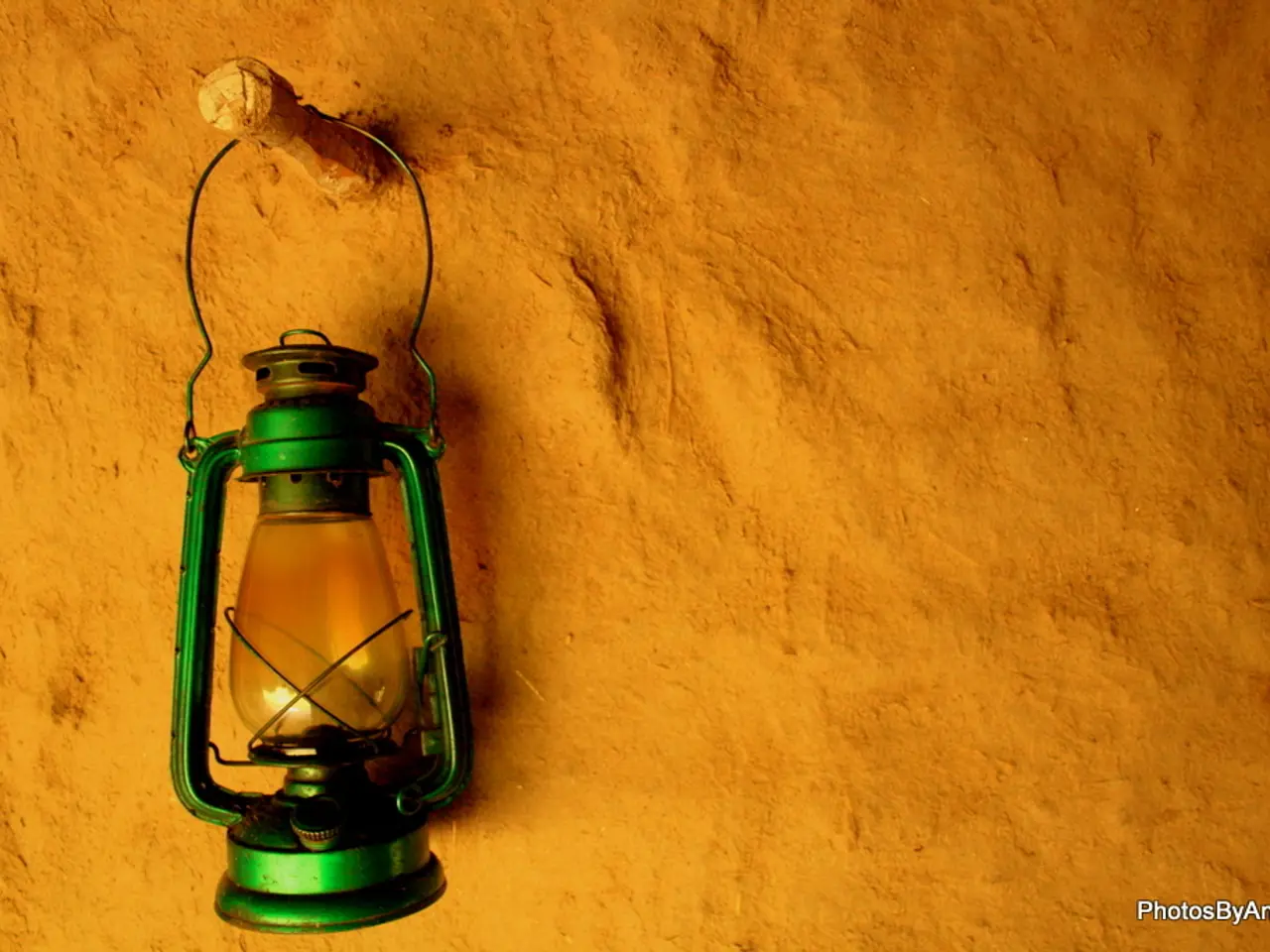Mysterious Sky Luminances During Seismic Activity: Unravelling the Phenomenon of Earthquake Lights
In the realm of seismology, a fascinating and elusive phenomenon has long captured the attention of scientists and laypeople alike – Earthquake Lights (EQLs). These sheet-like flashes, light balls, light streams, and steady glows have been observed during or before earthquakes, but their origins remain a subject of intense debate.
According to recent research, the upward movement of ions from certain rock types like dolomite and rhyolite could be responsible for EQLs. Before and during an earthquake, these rocks may ionize, releasing ions that could potentially lead to increased ionospheric recombination and higher atmospheric pressure at lower altitudes. This, in turn, could result in heat signatures and auroras at higher altitudes.
However, another hypothesis suggests that the Earth's magnetic field and ionosphere may locally distort due to tectonic stress during earthquakes. This could also contribute to the formation of EQLs.
Some skeptics propose that these "earthquake lights" might be due to clouds and light reflections. Yet, the current research suggests that EQLs are caused by electrical phenomena generated by stress and fracturing in rocks during seismic activity. Some geophysicists argue that during earthquakes, large rock fragments containing quartz vibrate under pressure, creating powerful electromagnetic fields due to the piezoelectric effect.
Laboratory experiments have supported this theory, showing that some rocks release oxygen ions when subjected to high stress. Researchers from Rutgers University, for instance, observed real electric charges up to 100 volts when they opened and closed cracks in materials like flour, plastic discs, and clay to simulate earthquake effects.
EQLs can be classified into two groups: Foreshock earthquake lights and Co-seismic lights. Foreshock earthquake lights usually occur from a few seconds to a few weeks before an earthquake and are typically observed closer to the epicenter. Co-seismic lights form during the passage of the seismic wave and are observed far from the epicenter.
The earthquake in Acapulco in 2021 and the one that occurred in Düzce on November 23, 2022, at 04:08, are among the events that had recorded lights observed during the events. Yet, the orientation of faults, particularly nearly vertical (or vertical) faults in rift zones, is associated with a higher likelihood of earthquake lights.
Despite the growing body of evidence supporting the existence of EQLs, there is no consensus among geophysicists about their relationship with earthquakes. Some geophysicists argue that EQLs are a real phenomenon, while others contend that they are not real and have no connection to earthquakes. The challenge in studying EQLs lies in their seemingly random and brief occurrence, making it difficult to determine which phenomena are simple explanations and which might warrant more comprehensive hypotheses.
The HAARP project, an inactive research project located in Alaska, is sometimes used in conspiracy theories as an "earthquake trigger," but there is no rational association between modern phenomena like HAARP and natural events like EQLs.
In conclusion, the mystery of Earthquake Lights continues to intrigue scientists and the public alike. While the evidence suggests that EQLs are a real phenomenon, the exact mechanisms behind their formation remain elusive, leading to a fascinating debate among geophysicists. As research continues, we may one day unravel the secrets of this enigmatic phenomenon.








